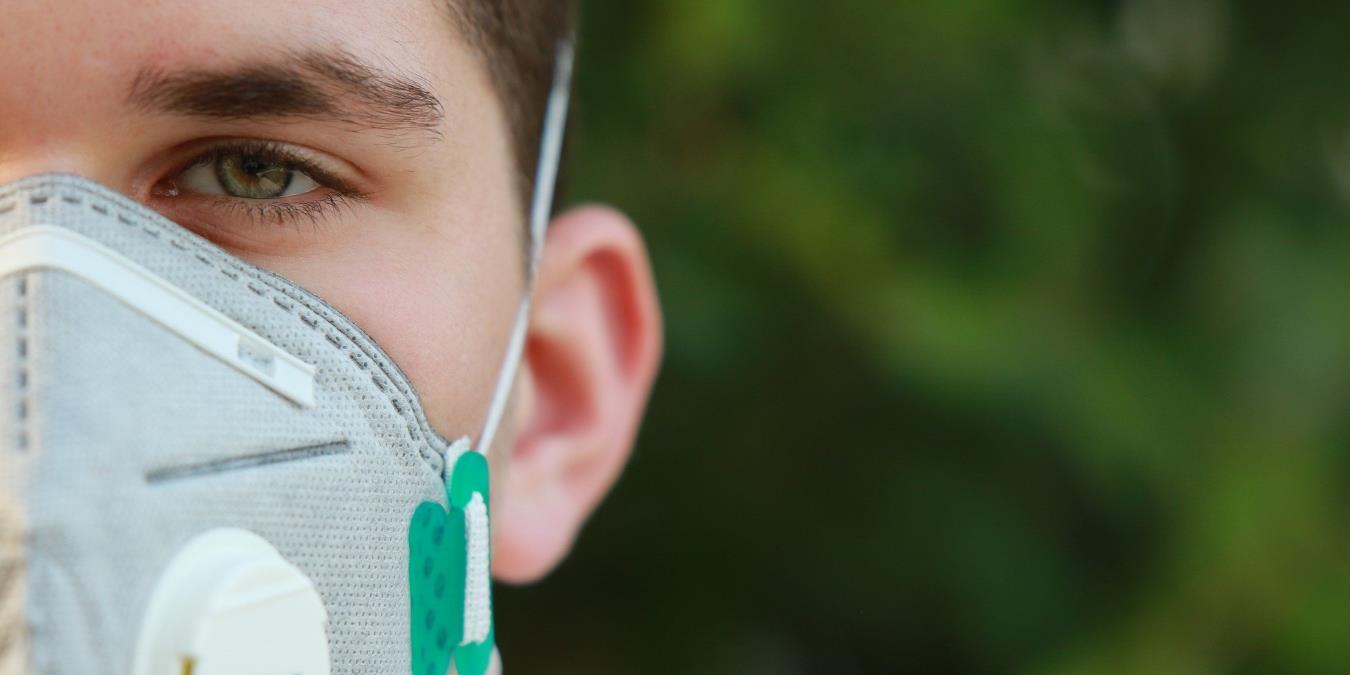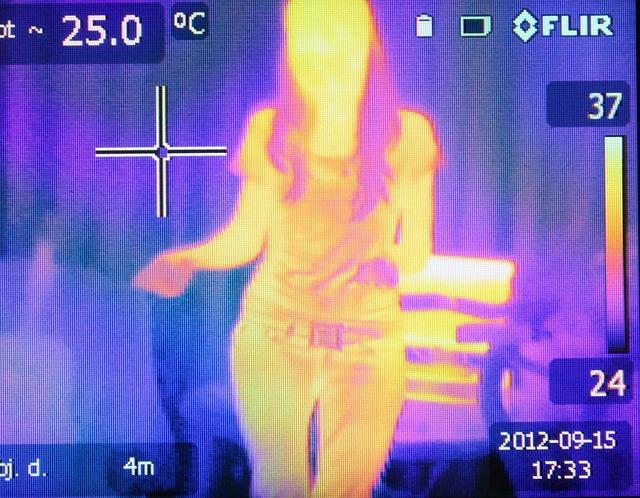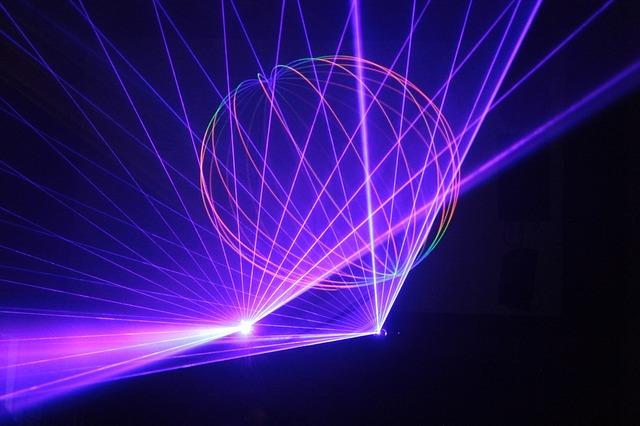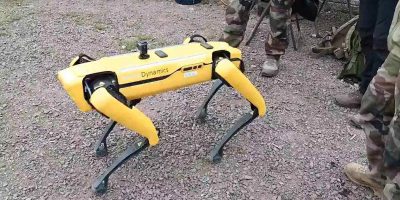
The COVID-19 pandemic offers a unique development ground for IoT. Smart devices use autonomous, non-human contact methods to do their jobs, which is a perfect niche in a world where shaking hands is considered dangerous.
As such, IoT companies are stepping up to the plate to help contain the coronavirus. Unfortunately, due to the slacking economy and the lack of engineer job opportunities caused by COVID-19, these proposals are more ideas than actual proofs-of-concept. Hitachi Vantara recently published a blog post discussing the future of IoT in a COVID-19 world.
Illness Detection Using IoT Infrared Cameras
First up, Hitachi Vantara has proposed a new system for detecting illnesses. Any illness that raises the body’s temperature, such as COVID-19, can be detected using infra-red cameras.

Hitachi proposes using Forward-Looking Infrared (FLIR) cameras in an IoT system designed to spot infected people. If you’ve ever seen footage from a police helicopter as it tracks someone using infrared, it’s likely that a FLIR camera recorded it.
Instead of using FLIR cameras to track criminals, Hitachi says that they can be used in businesses and public transport to identify people with heightened body temperatures. If someone is found, they can be guided to a quarantine and diagnosis area where they can be tested for an infection.
The best part about this system is how unobtrusive it is. FLIR cameras would be just as out-of-the-way as CCTV: just set up a camera and watch people as they go through their daily business. A system could be set up to automatically detect and flag people with hotter infrared profiles than normal.
Using 3D LiDAR to Detect Health Problems
Hitachi also proposes a 3D LiDAR system that can monitor health issues. 3D LiDAR can map out objects using lasers to scan it and create a 3D image.

Hitachi believes this technology can be used to track someone’s hands as they wash them. The idea is, if the system detects that the washer hasn’t washed all of their hands, it can inform the user that they’ve missed a few spots, thus helping prevent the spread of any viruses on the skin.
While putting a 3D LiDAR scanner into public bathrooms doesn’t sound incredibly realistic, the technology can be used to help patients in hospital beds. If the scanner detects that someone has fallen out of their bed or otherwise requires medical assistance, it can flag a member of staff to come and help.
Are These Ideas Plausible?
Of course, IoT is a world where anyone can dream up a smart product – bringing it to market is a whole different problem by itself. Whether or not these ideas come to fruition largely depends on how COVID-19 pans out.
Right now, scientists are unsure how long COVID-19 will last. If it permanently dies down, this technology may not come to light or at least be held in reserve for a future pandemic. However, if COVID-19 is here to stay, these contactless technologies do have a chance of rolling out to help stop the spread.
Fighting Back Coronavirus with IoT
IoT’s contactless implementation makes it a key player in the fight against COVID-19. Whether or not we’ll see a full rollout depends on the future of the coronavirus. If it intends to stay, we should actually see these solutions at some point.
If you want to see another way IoT aids the fight against COVID-19, be sure to read about the autonomous delivery service that avoids driver contact.
Get the best of IoT Tech Trends delivered right to your inbox!









